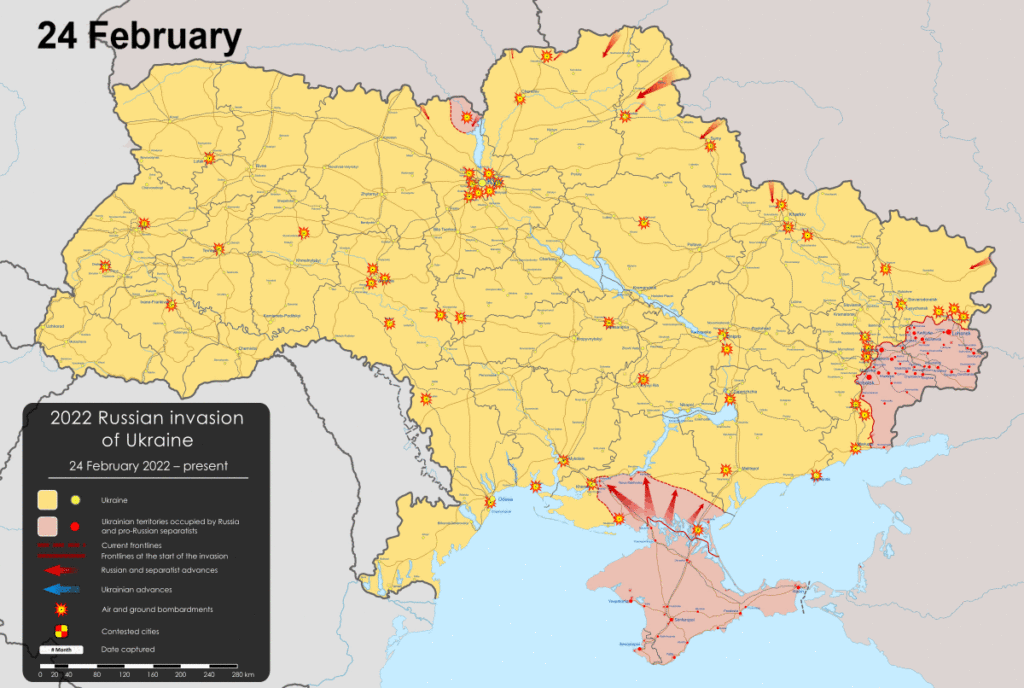
Speculation mounts concerning Ukraine’s readiness to potentially cede territory currently occupied by Russia, a development that could emerge as part of a prospective peace deal. Reports suggest Ukrainian President Volodymyr Zelenskyy has indicated a willingness to consider such concessions. This pivotal discussion comes ahead of a highly anticipated meeting between U.S. President Donald Trump and Russian President Vladimir Putin scheduled for Friday in Alaska.
Sources indicate that any such agreement would involve freezing the front lines at their current positions. This would effectively grant Moscow de facto control over areas it already occupies in five Ukrainian provinces. These include Luhansk, Donetsk, Zaporizhzhia, Kherson, and Crimea, the latter of which has been under Russian control since 2014.
However, these reports follow President Zelenskyy’s previous calls for European nations to resist any settlement proposed by Mr. Trump that would necessitate Kyiv relinquishing land still under Ukrainian control within these same regions. The nuanced position reflects the complexities of seeking peace while maintaining sovereign integrity.
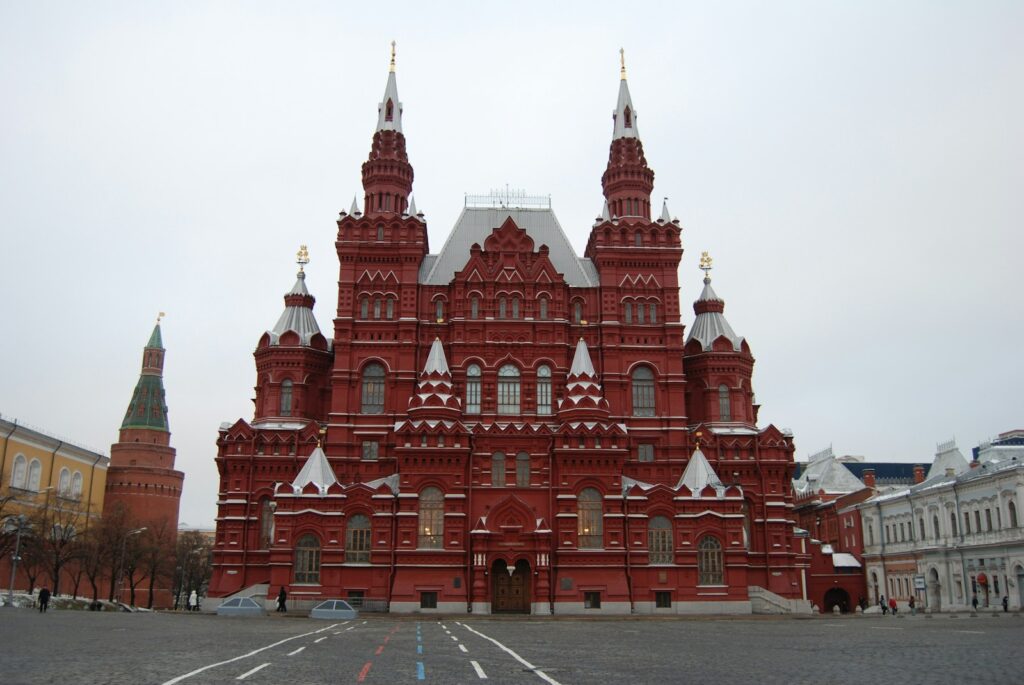
Russia currently maintains control over approximately a fifth of Ukraine’s internationally recognized territory, based on its 1991 borders. Conversely, Ukraine holds very little, if any, Russian territory. The asymmetry underscores the challenging landscape for any potential negotiations.
President Trump has characterized his upcoming talks with President Putin as a “feel-out meeting.” Speaking at a White House press conference on Monday, he stated he would ascertain “probably in the first two minutes” whether any meaningful progress on the conflict was achievable.
He further added, “I’m going to go and see the parameters now. I may leave and say, ‘Good luck.’ And that’ll be the end. I may say, ‘This, this is not going to be settled.'” This pragmatic approach suggests a readiness to disengage if early indications are not promising for a resolution.
President Trump noted that a future meeting might include President Zelenskyy, emphasizing that the overarching U.S. objective is to secure a swift ceasefire in the ongoing conflict. He also conveyed plans to consult European leaders shortly after his discussions with President Putin, underscoring the broader diplomatic engagement.
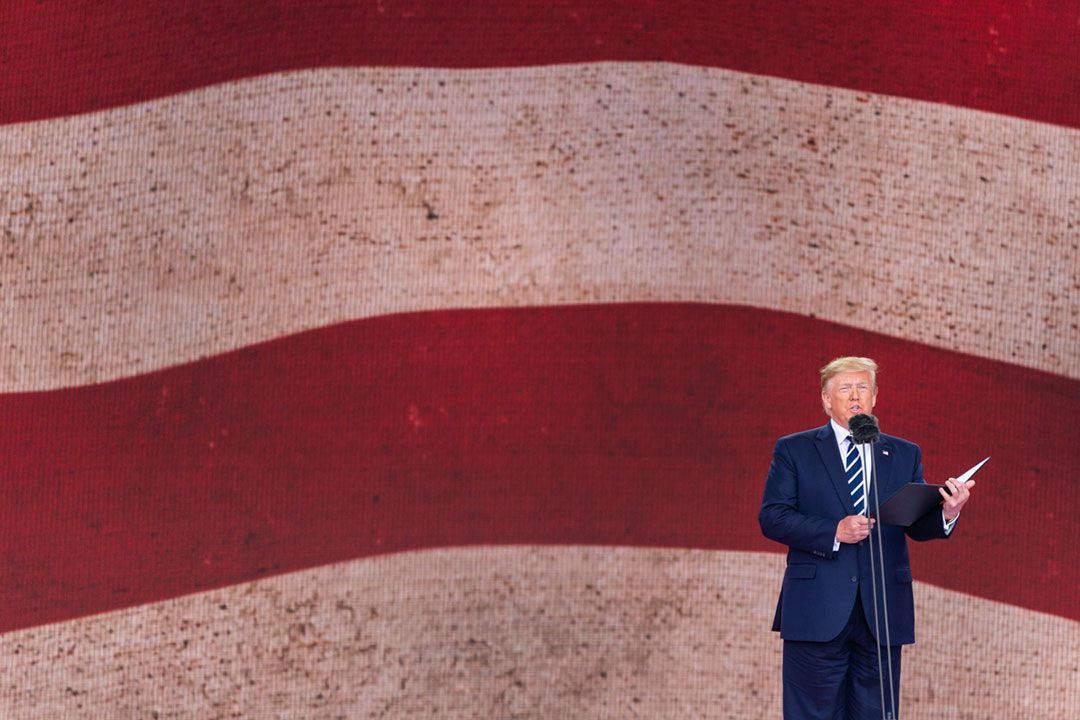
He explicitly mentioned the possibility of “some land swapping going on.” President Trump asserted, “I know that through Russia and through conversations with everybody, to the good of Ukraine.” He acknowledged that Russia has occupied “very prime territory” but affirmed, “we’re going to try to get some of that territory back.
Experts suggest that any agreement forged between President Trump and President Putin could place Ukraine in an exceptionally difficult position. This comes after three years of what has been described as a “brutal, grinding war for survival,” intensifying the stakes of the upcoming summit.
Speculation points towards a potential ‘land for peace’ arrangement, where Ukraine might be directed to surrender territory in exchange for a cessation of hostilities. Such a scenario would, in essence, constitute an annexation of sovereign Ukrainian land by force, a contentious outcome for Kyiv.
Uncertainty persists regarding the extent of direct involvement of President Volodymyr Zelenskyy or any Ukrainian representative will be granted in the summit discussions. This lack of clear Ukrainian participation has been a significant point of concern for Kyiv and its European partners.
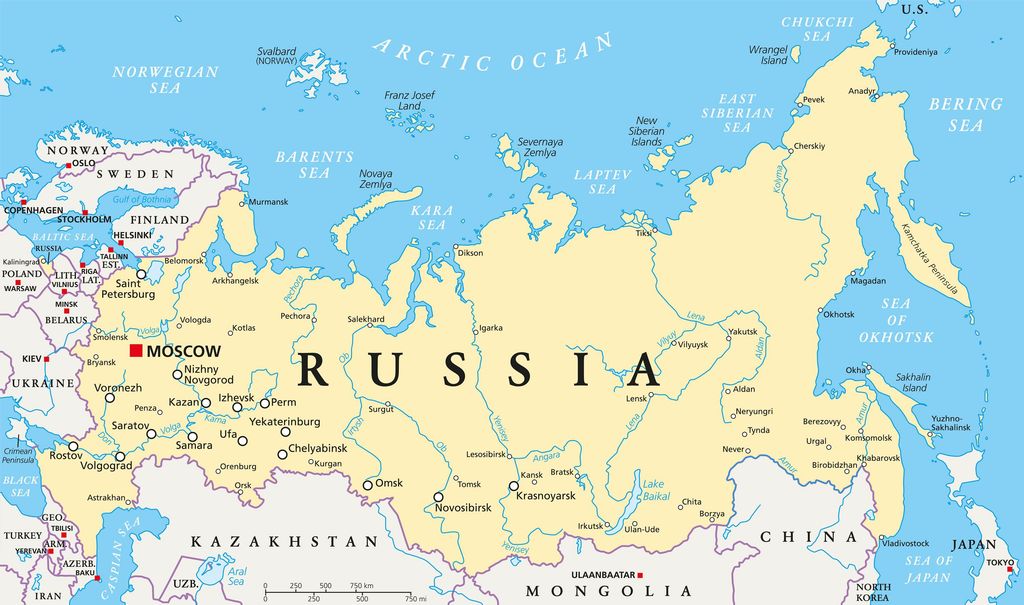
As of recent assessments, Russia holds approximately 19 percent of Ukrainian territory. This figure encompasses Crimea and parts of the Donbas region that Russia had seized prior to the full-scale invasion in February 2022, highlighting the long-standing nature of some occupations.
President Trump’s stated hope to reclaim “prime territory” for Ukraine introduces a crucial variable into the negotiations. However, it remains unclear precisely what concessions President Putin would be prepared to make regarding the territories currently under Russian control.
Military analyst Michael Clarke shared his perspective with Sky News, indicating that the summit “certainly won’t create peace, but it might create a ceasefire in place if Putin decides to be flexible.” He expressed skepticism, adding, “So far, he hasn’t shown any flexibility at all.”
Clarke further elaborated on potential outcomes, suggesting that a ceasefire along the frontline with minimal withdrawals from both sides would be “structurally changing” and an “astonishing outcome.” However, he expressed doubt about the likelihood of such a comprehensive agreement.
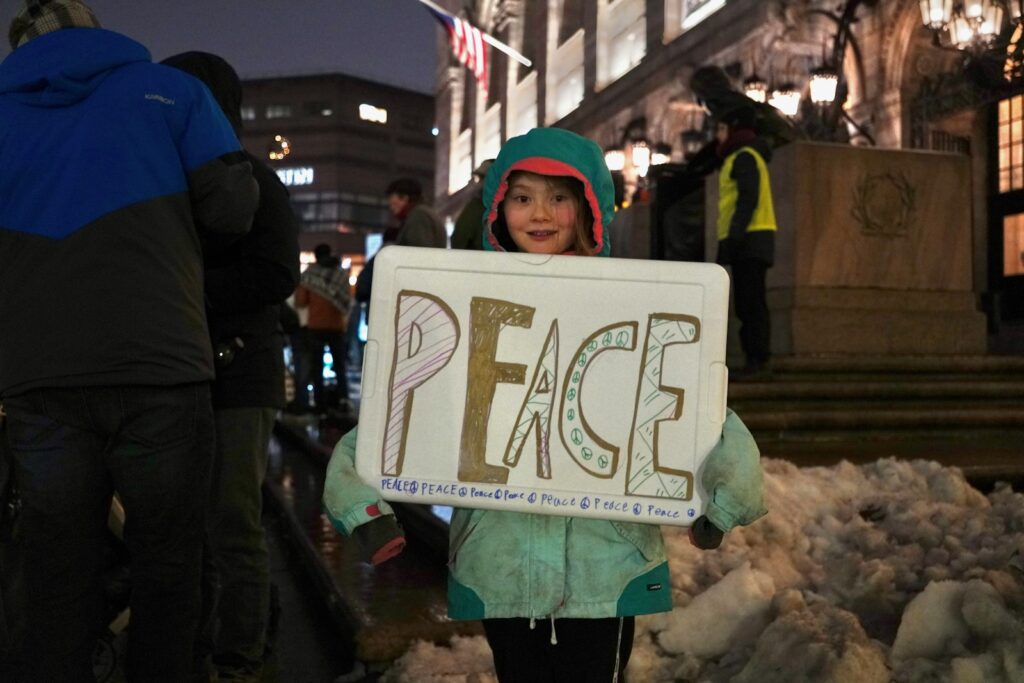
A more plausible, favorable outcome, according to Mr. Clarke, could involve both parties agreeing to a ceasefire set to commence in approximately two weeks. This arrangement might include threats of sanctions from the United States if either Russia or Ukraine violates the agreed terms, providing a mechanism for enforcement.
Moscow’s military focus has largely centered on four specific Ukrainian oblasts or regions: Luhansk, Donetsk (collectively known as the Donbas), Zaporizhzhia, and Kherson. These areas have been central to the conflict’s territorial disputes since its onset.
While President Putin’s forces control nearly all of Luhansk, roughly 30 percent of the other three regions remain under Ukrainian command. These contested areas continue to be the site of fierce battles, underscoring the intense fighting along the front lines.
Matthew Savill, director of military sciences at the RUSI thinktank, informed Sky News that “Russian rates of advance have picked up in the last month.” However, he cautioned that “even though they are making ground, it would still take years (three or more) at current rates to capture all this territory.

Mr. Savill stated it “wouldn’t be surprising” if Russia sought to acquire the remaining portions of the Donbas region as part of any negotiated settlement. He emphasized that such a concession would be “highly unattractive” for Ukraine, potentially leaving it vulnerable to future aggression.
This potential surrender would include parts of Ukraine’s ‘fortress belt,’ a critical network of four settlements including Kramatorsk and Sloviansk. These fortifications have successfully deterred Russian forces for 11 years, highlighting their strategic importance in Ukraine’s defense.
Michael Clarke suggested that acquiring these territories might satisfy President Putin “for now.” Nevertheless, many observers believe that the Russian leader would eventually seek control over the rest of Ukraine, possibly after President Trump concludes his term in office.
It remains uncertain whether President Volodymyr Zelenskyy could politically or practically accept such a painful concession of territory. Furthermore, the broader Ukrainian public’s willingness to support such a move in exchange for a pause in fighting is equally unclear.
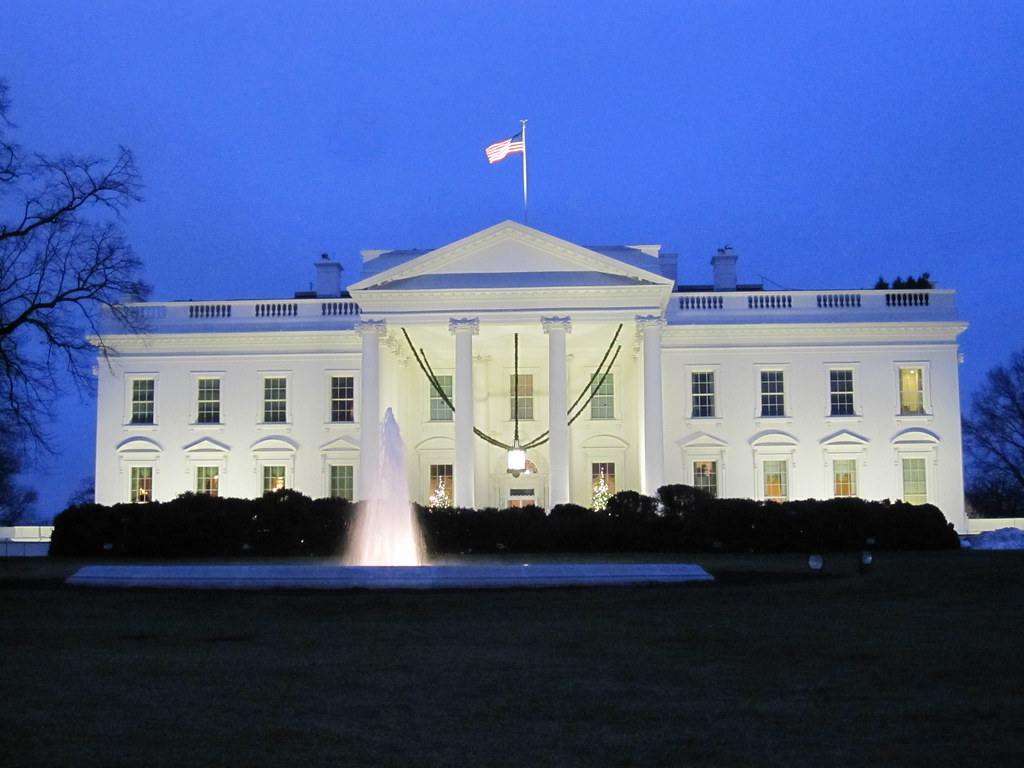
The White House has reportedly briefed that Russia might be expected to return some territory to Ukraine, although the specific details surrounding this possibility remain highly ambiguous. This suggests a U.S. stance that may seek some form of reciprocal action from Moscow.
Mr. Savill added that Ukrainians might desire to “even up the situation in the north,” aiming to remove Russian incursions into Sumy and areas near Kharkiv. However, he stressed that of “greater importance would be getting the Zaporizhzhia Nuclear Power Plant back under Ukrainian control,” given its significant contribution to Ukraine’s energy needs.
It is also considered a possibility that Russia could agree to withdraw from certain areas of the Kherson region that it currently occupies. This potential concession could be a point of negotiation in broader peace talks.
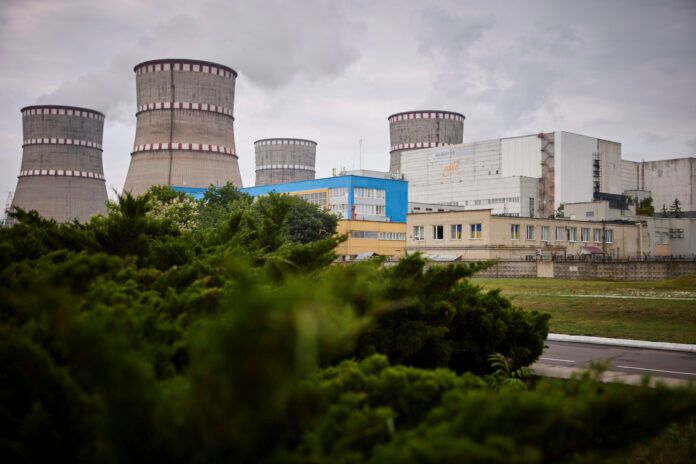
Mr. Clarke deemed it “plausible” that Ukraine could regain control of the Zaporizhzhia power plant. However, he cautioned that Russia would likely insist on maintaining uninterrupted land access to Crimea, which would mean cities like Mariupol and Melitopol remaining under Russian control, with all the associated implications for their populations.
Ahead of Friday’s scheduled talks in Alaska, Ukrainian President Volodymyr Zelenskyy has reportedly told European leaders they must reject any settlement proposed by Trump that would involve Ukraine ceding further territory. Yet, he indicated that Russia might be permitted to retain some of the land it has already seized.
This approach would entail freezing the front line at its existing location, effectively handing Russia de facto command of the territory it holds in Luhansk, Donetsk, Zaporizhzhia, Kherson, and Crimea. This differentiates between territories currently under Russian occupation and those still under Kyiv’s control.
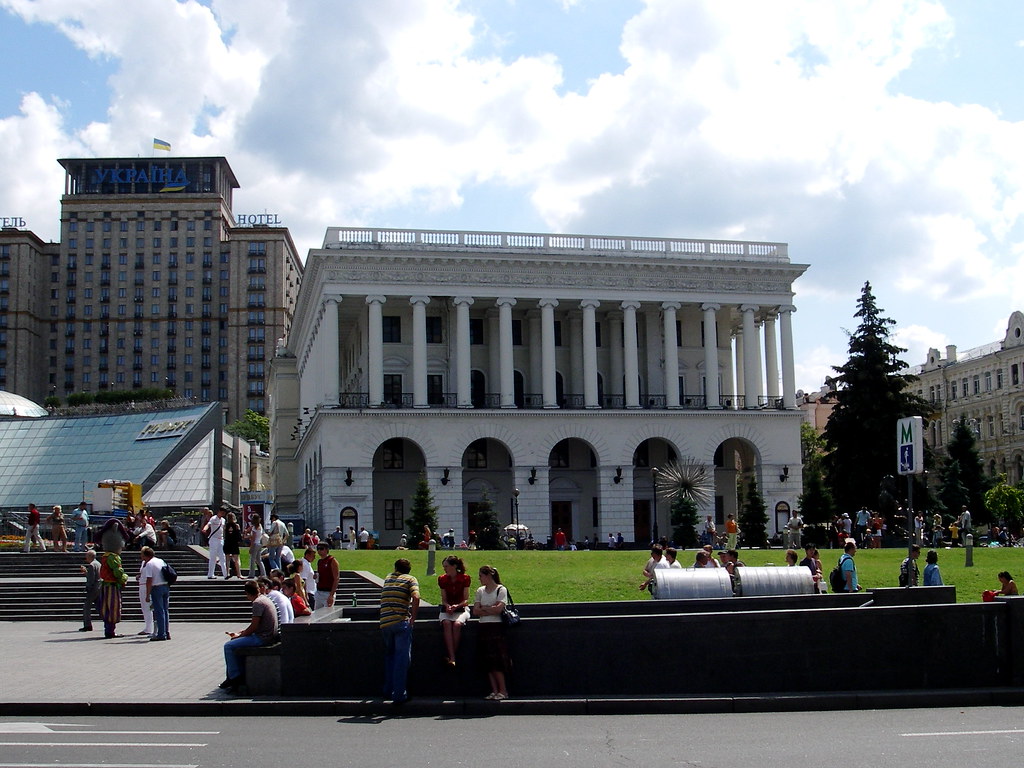
A Western official, characterizing intensive diplomatic activity between Kyiv and its allies over a recent weekend, stated to The Telegraph that “The plan can only be related to the current positions held by the militaries.” This underscores a pragmatic acceptance of present ground realities.
Both Ukraine and various European nations have voiced concerns that President Trump and President Putin might negotiate an agreement without direct Ukrainian representation or involvement. This potential exclusion raises questions about the legitimacy and enforceability of any such deal.
Polish Prime Minister Donald Tusk articulated these anxieties on Monday, stating, “I have many fears and a lot of hope” regarding the summit’s potential outcomes. He noted that U.S. officials had given assurances they would consult European leaders prior to the face-to-face discussions between Trump and Putin.
Among the specific concerns cited by European officials was a peace proposal reportedly backed by Moscow. This plan reportedly included freezing the front lines in southeastern Ukraine, contingent upon Kyiv’s withdrawal from areas of Donetsk and Luhansk that it currently commands.
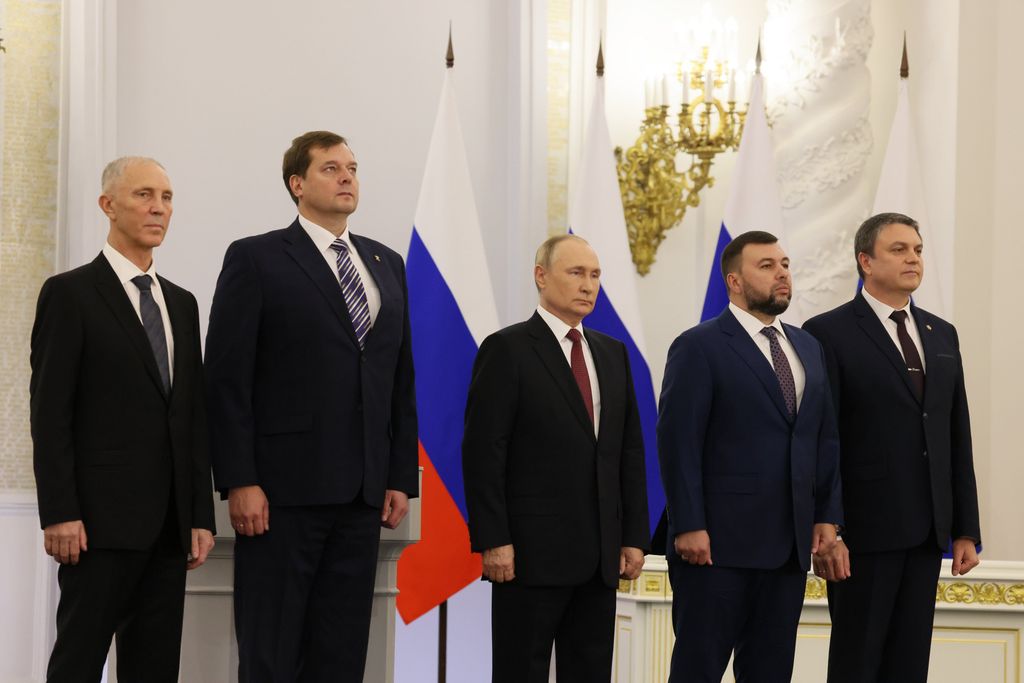
European diplomats report no discernible change in President Putin’s stated war objectives. These objectives, as described by the Institute for the Study of War, a Washington-based think tank, include seeking the “full capitulation” of Kyiv, opposing NATO membership for Ukraine, and demilitarization.
On Monday evening, President Zelenskyy affirmed that there were no indications of Russia preparing to end the conflict despite the impending talks. He cited a report from Ukraine’s intelligence, stating, “On the contrary, they are moving their troops and forces in such a way as to launch new offensive operations.
Ukraine has previously articulated its conditions for agreeing to a peace settlement. These include robust security guarantees, notably in the form of weapons deliveries, and a clear path to NATO membership. Crucially, Kyiv has also acknowledged the possibility of ceding some territory currently controlled by Russia.
European governments have largely aligned themselves with Kyiv’s position on territorial arrangements. This concerted effort aims to present President Trump with unified diplomatic support for Ukraine’s stance, which firmly rejects concessions of land currently under Ukrainian control.

Europeans now understand their role as supportive of Ukraine in terms of the diplomatic negotiations,” a Western official explained. The official added that this collective backing “It’s a boost for morale, it’s also strengthening the diplomatic positions of Ukraine so that it doesn’t feel alone.
Polish Prime Minister Tusk further emphasized this shared perspective at a news conference on Monday, stating, “For Poland and our partners, it is clear that state borders cannot be changed by force.” He unequivocally asserted, “Russia’s war with Ukraine must not bring benefits to the aggressor.
Similar firm statements in support of a hardline approach to territorial concessions were issued over the weekend by French President Emmanuel Macron and German politician Friedrich Merz, reinforcing a common European front on the issue.
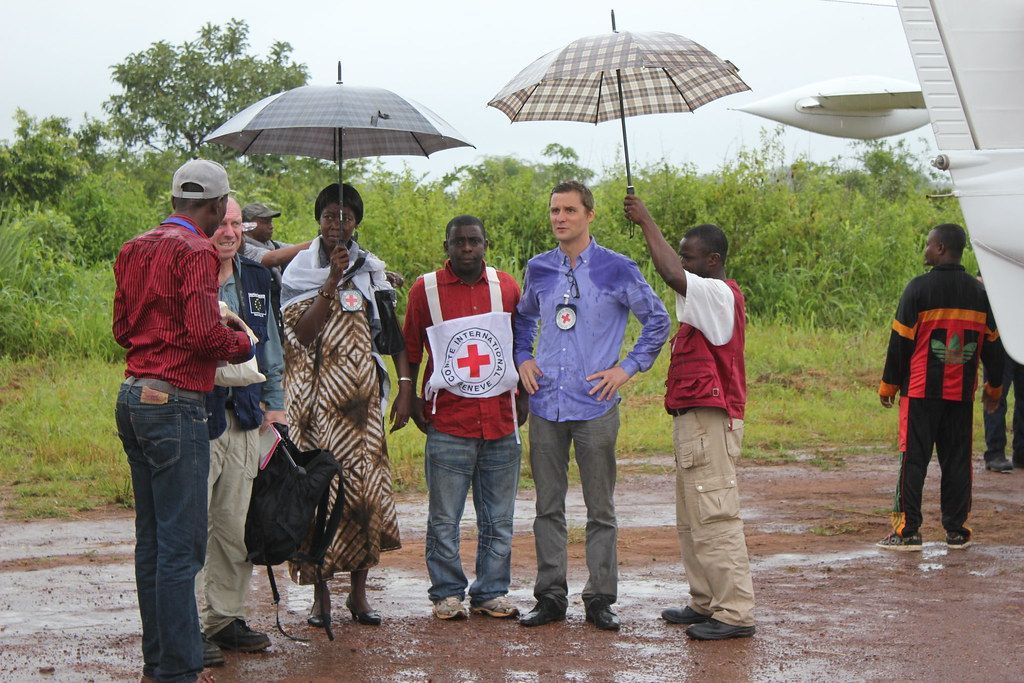
A joint declaration by the leaders of the European Commission, France, Italy, the U.K., Poland, and Finland explicitly stated that “the current line of contact should be the starting point of negotiations.” This signifies a collective recognition of the factual situation on the ground, while legally upholding Ukraine’s territorial integrity.
President Trump indicated on Monday that there would be “some swapping, some changes to land.” He added, “Russia has occupied a big portion of Ukraine. We’re going to try to get some of that territory back for Ukraine,” signaling a potential two-way negotiation.
He further stated he could call President Zelenskyy first “out of respect” and then European leaders after his meeting with the Russian president. This proposed sequence suggests a layered diplomatic approach surrounding the high-stakes summit.
President Trump also voiced criticism of his Ukrainian counterpart’s stance on concessions. He stated Monday, “I was a little bothered by the fact that Zelenskyy was saying, ‘Well, I have to get constitutional approval. I mean, he’s got approval to go into war and kill everybody, but he needs approval to do a land swap?”

Indeed, the Ukrainian president would face significant constitutional challenges regarding any territorial concessions. His country’s constitution would block the ceding of territory without a nationwide referendum, adding a complex domestic hurdle to any peace deal.
Despite this constitutional requirement, European officials believe President Zelenskyy may have “leeway with a growing number of voters who would stomach surrendering land to Moscow as the price for the end of the war.” This suggests a potential shift in public opinion driven by war fatigue.
However, Kyiv can ill afford to cede further territory, particularly in the eastern region of Donetsk. Doing so would enable Moscow’s forces to freely bypass the fortifications that have been painstakingly constructed since the original Donbas war commenced in 2014, leaving strategic vulnerabilities.
NATO Secretary-General Mark Rutte addressed the complexity of the situation on CBS News, describing it as a challenge of “how to deal with the factual situation that the Russians are holding, at this moment, Ukrainian territory.

Crucially, he emphasized the distinction between de facto and de jure control, stating, “when it comes to this holding of Ukrainian territory, that there might be a factual situation that they are doing this, but that we can never accept that in a legal sense, in, as this is called, a de jure sense.”
President Zelenskyy had previously considered swapping territory controlled by Ukraine in Russia’s Kursk region as a bargaining chip. However, Moscow’s forces managed to break Kyiv’s hold on that border region, effectively nullifying that particular negotiation tool.
Furthermore, the Ukrainian president has acknowledged that his armed forces currently lack the capabilities necessary to reclaim all land held by Moscow through military means. Nevertheless, he has indicated that after any settlement, Kyiv could pursue diplomatic avenues to eventually return the land to its control.

Reports confirm that President Zelenskyy could agree to cede territory that Russia currently controls. However, he has consistently ruled out ceding any territory that remains under Ukrainian control, drawing a clear line on what is negotiable.
While this concession, which would essentially freeze the battle lines as they currently exist, would cede President Putin large parts of eastern Ukraine and solidify control over Crimea, which has been under Russian rule since 2014, it may not fully placate Moscow.
President Putin’s maximalist demands reportedly extend beyond merely the territory currently under Russian occupation. They encompass all four provinces—Donetsk, Luhansk, Kherson, and Zaporizhzhia—that he declared part of Russia in 2022, even though Ukraine still controls substantial portions of these regions.
Furthermore, President Zelenskyy’s stated conditions for a peace settlement include robust security guarantees in the form of weapons deliveries and a clear path to NATO membership, according to The Daily Telegraph. These conditions represent significant demands that Russia is unlikely to readily accept.
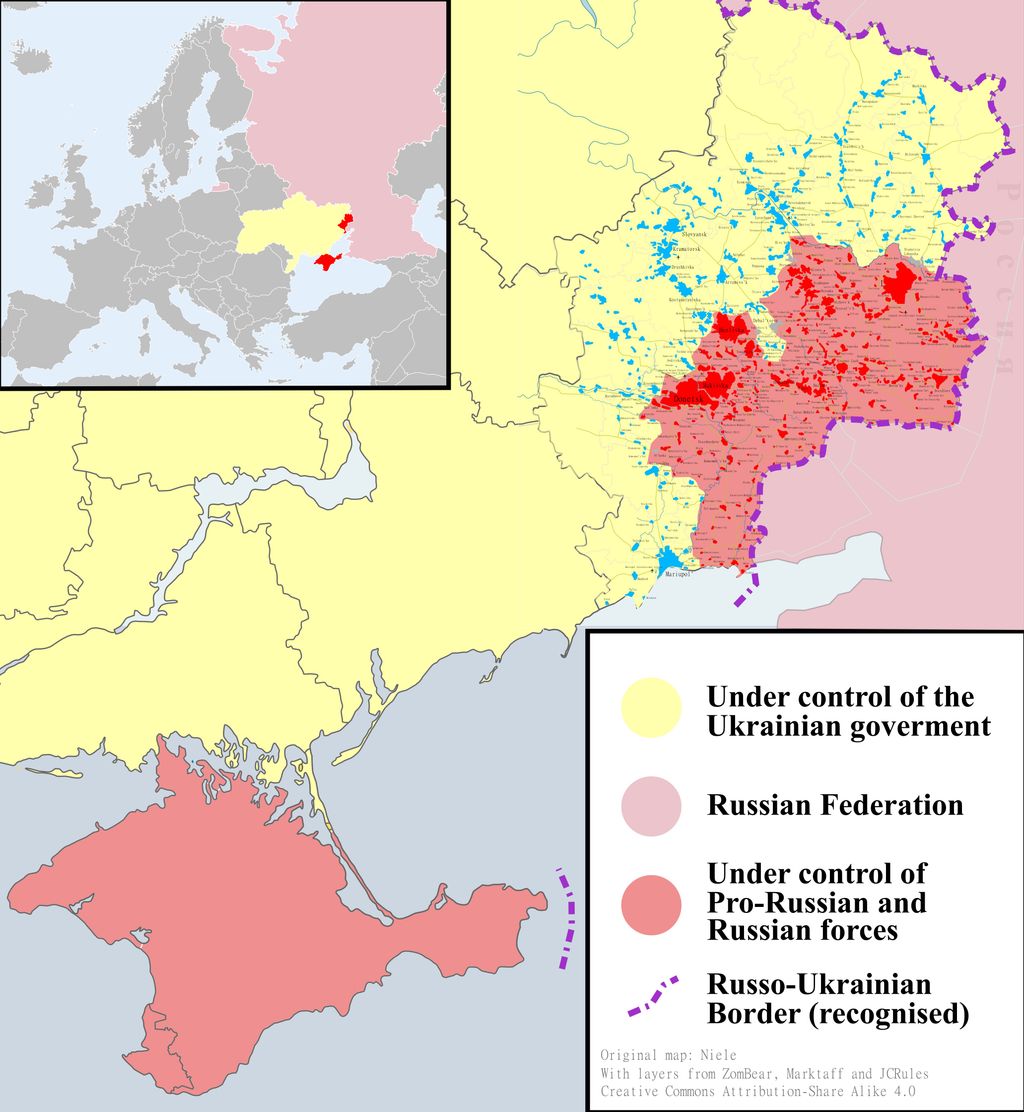
This proposed plan, allowing for the ceding of currently Russian-held territory, has reportedly garnered support from Ukraine’s European partners. Key among these are the United Kingdom, France, Germany, and Italy, indicating a united diplomatic front.
A Western official underscored the importance of this European alignment, stating, “Europeans now understand their role as supportive of Ukraine in terms of the diplomatic negotiations.” This support is viewed as crucial for bolstering Ukraine’s position.
In the unfolding diplomatic landscape, the focus remains on the critical meeting in Alaska. The outcomes of the Trump-Putin summit, coupled with Ukraine’s complex calculus of strategic needs, constitutional mandates, and public sentiment, will define the immediate trajectory of the conflict.
The global community awaits the results of these high-stakes discussions, recognizing that any resolution will hinge on balancing the immediate cessation of hostilities with the long-term geopolitical implications for regional stability and international law.



